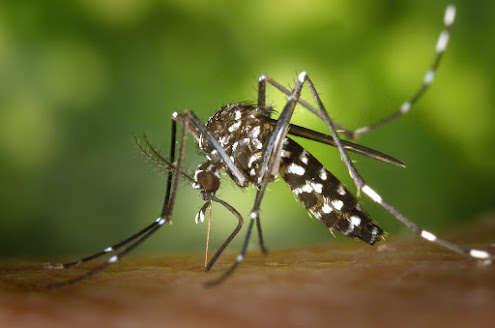 |
| The Keck Medicine of USC surgical team evaluates the integrity of a bladder during the research and development stage of bladder transplantation. Photo Credit: Courtesy of USC Urology |
No one has ever performed a bladder transplant in humans. But that may be about to change.
Urologists with Keck Medicine of USC have launched a clinical trial to perform the world’s first human bladder transplant.
The trial is actively screening potential participants for this first-ever type of transplantation.
During the procedure, the patient’s diseased bladder will be removed and replaced with a healthy bladder from a deceased donor.
“Transplantation is a lifesaving treatment option for conditions affecting many major organs, and transplanting a bladder could be a historic step in improving lives,” said Inderbir Gill, MD, founding executive director for USC Urology, part of Keck Medicine. Gill is also the principal investigator of the clinical trial and leading the transplantation efforts. “We could be on the verge of a medical advance that has the potential to revolutionize how we treat terminally compromised bladders.”



.jpg)
.jpg)









.jpg)
.jpg)
.jpg)

.jpg)
.jpg)





.jpg)





.jpg)


.jpg)
.gif)
.jpg)


.jpg)







.jpg)
